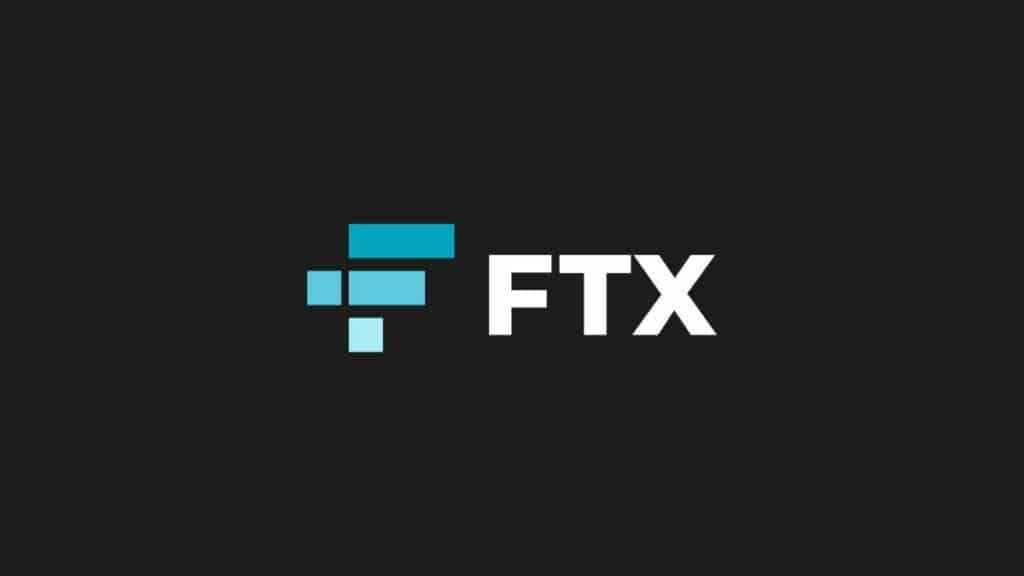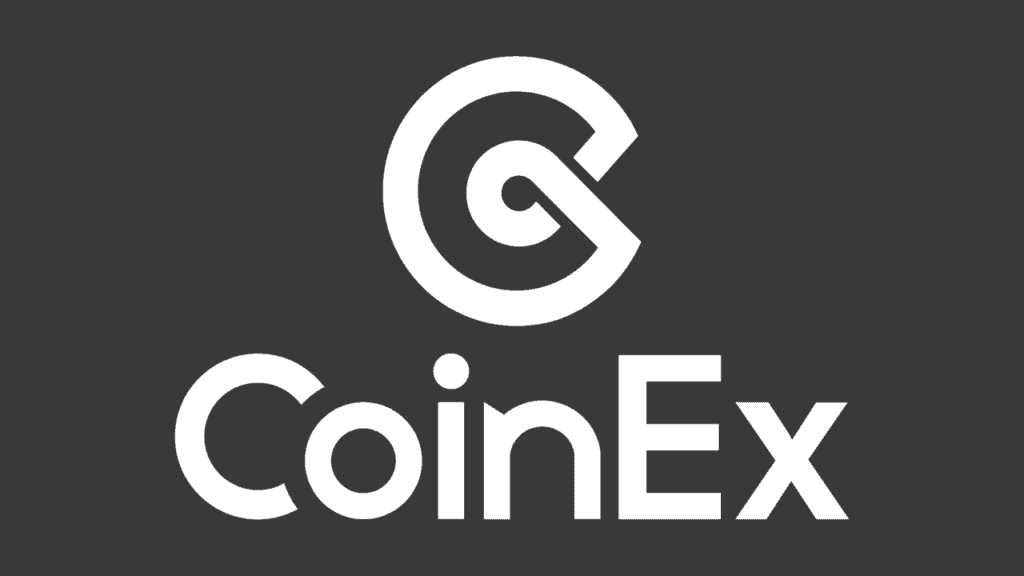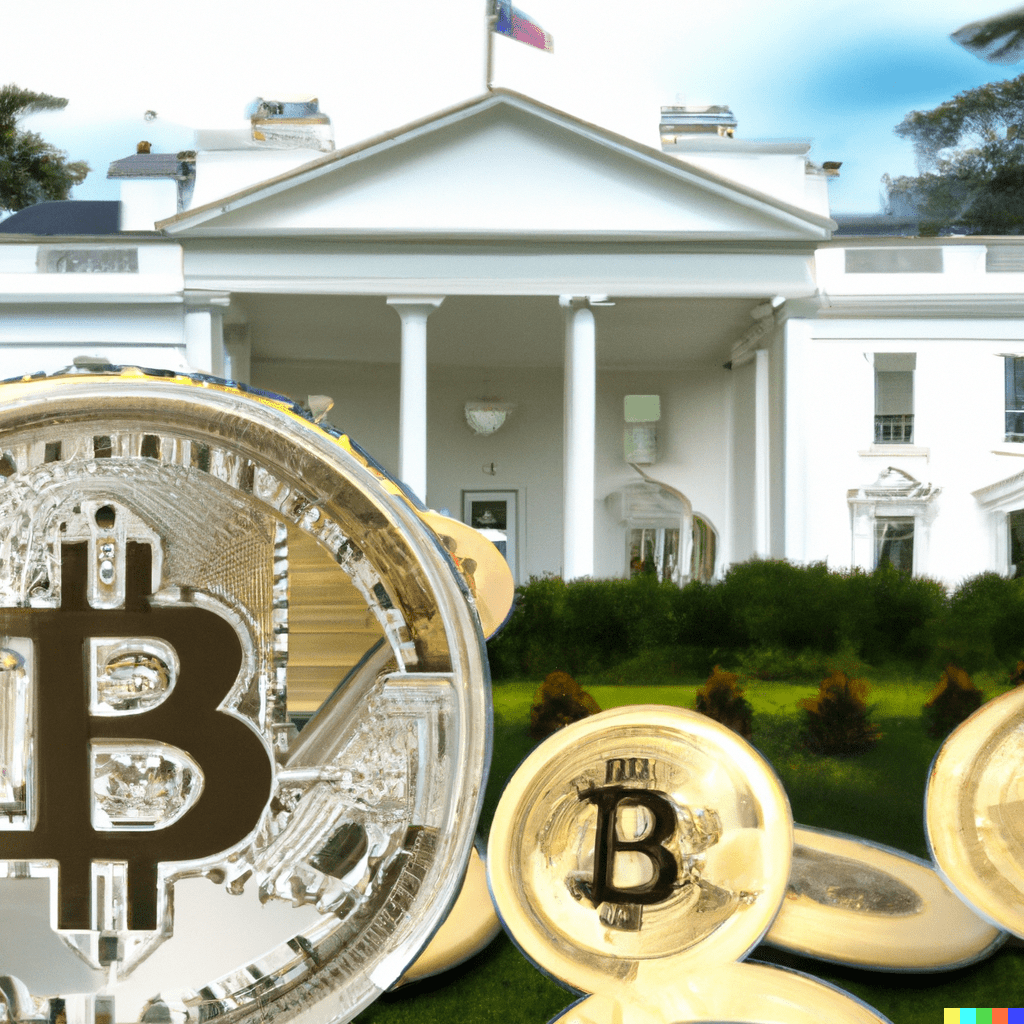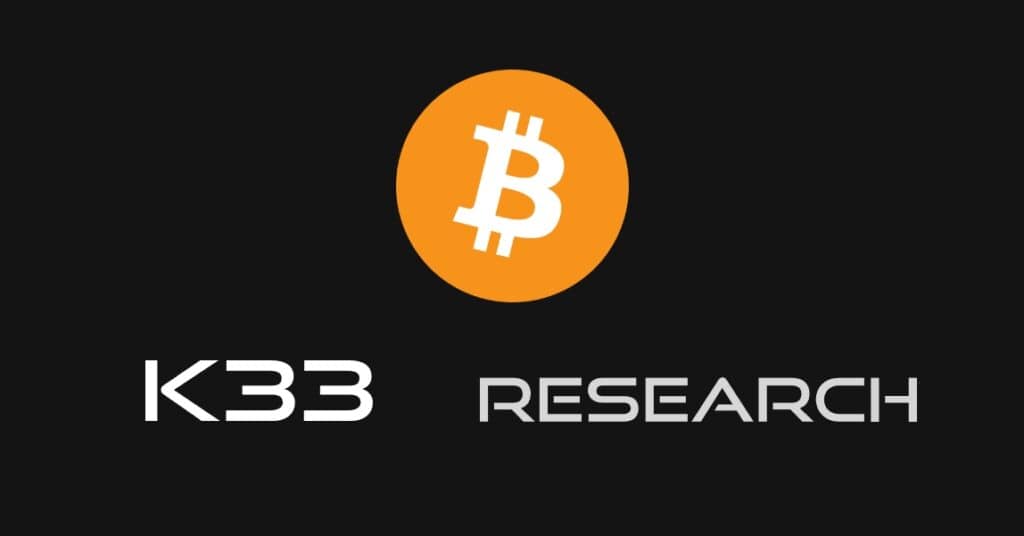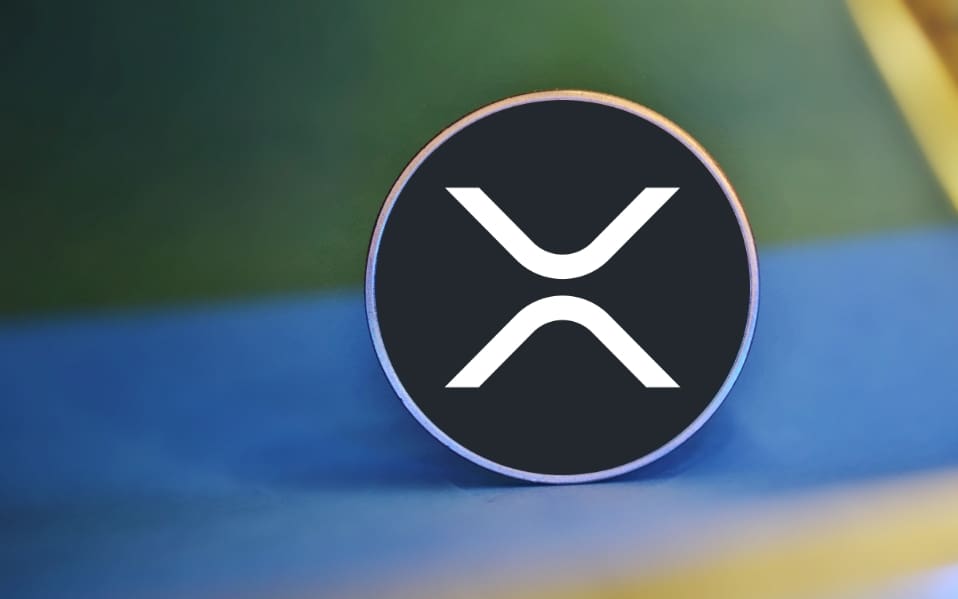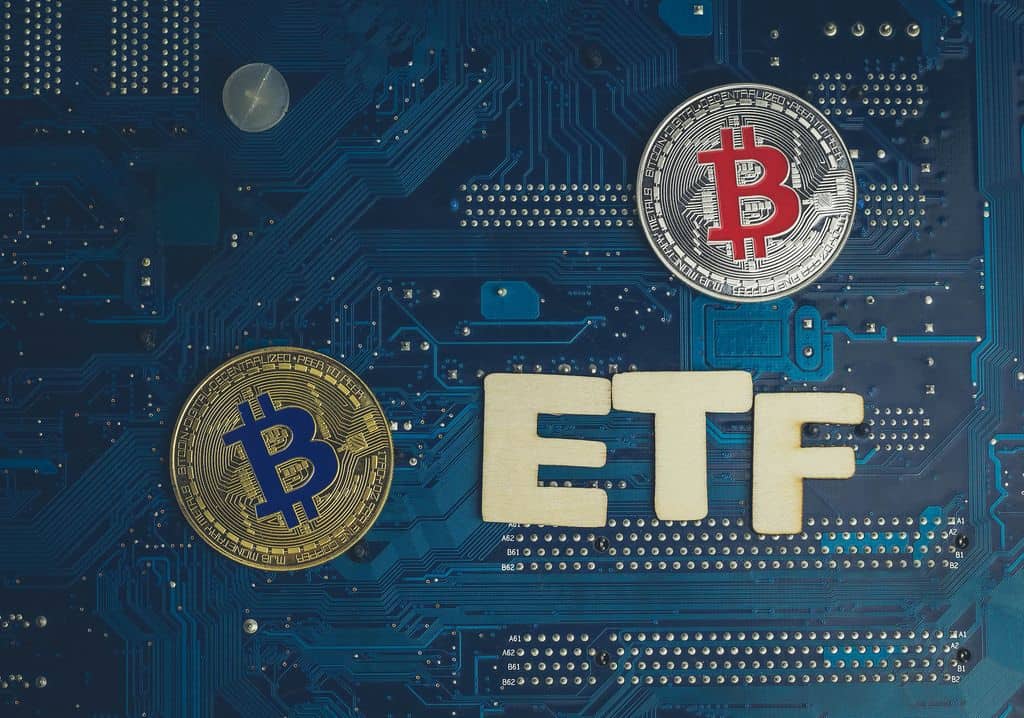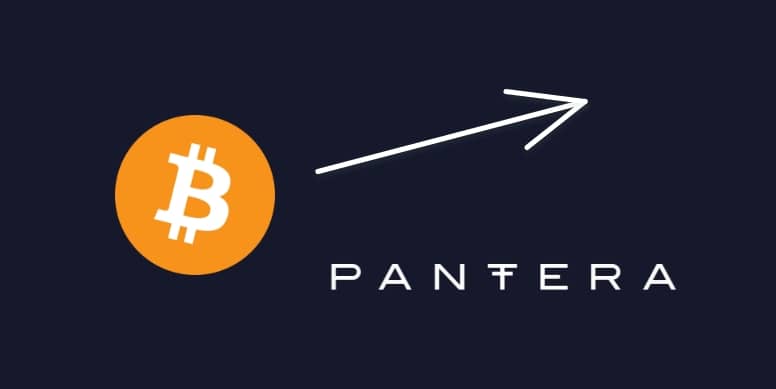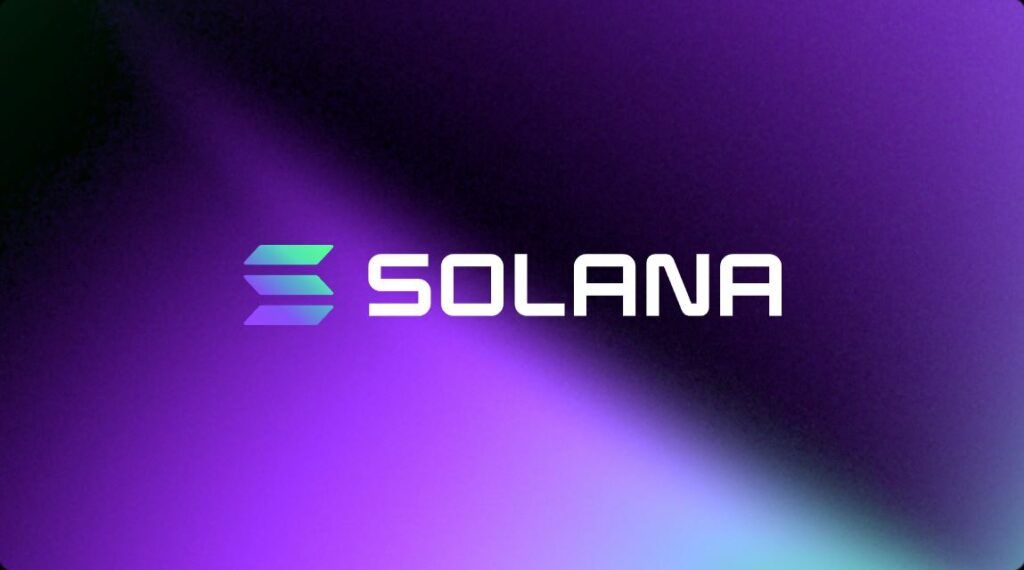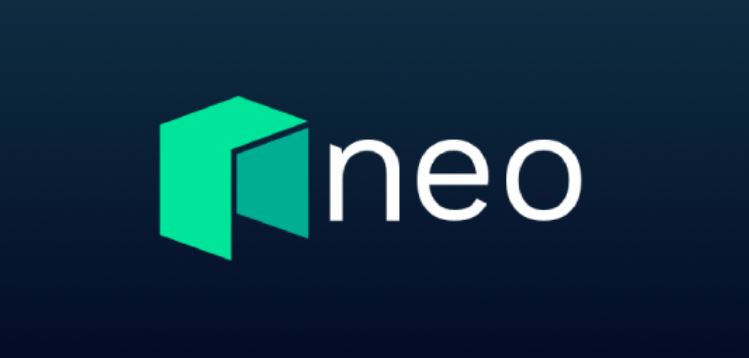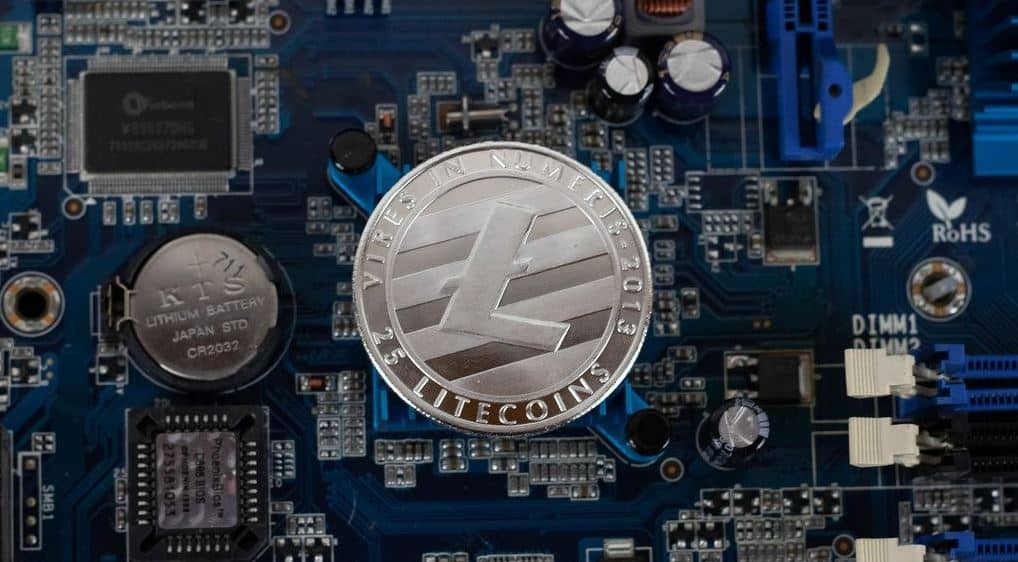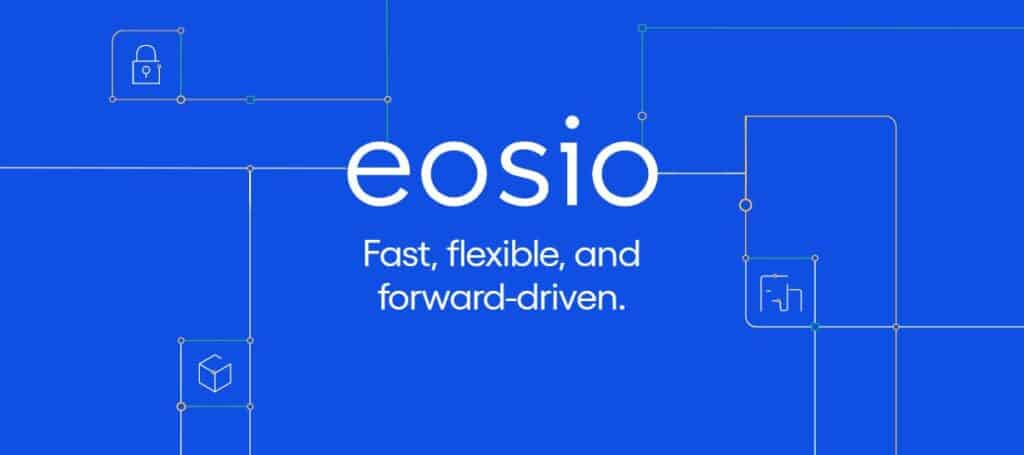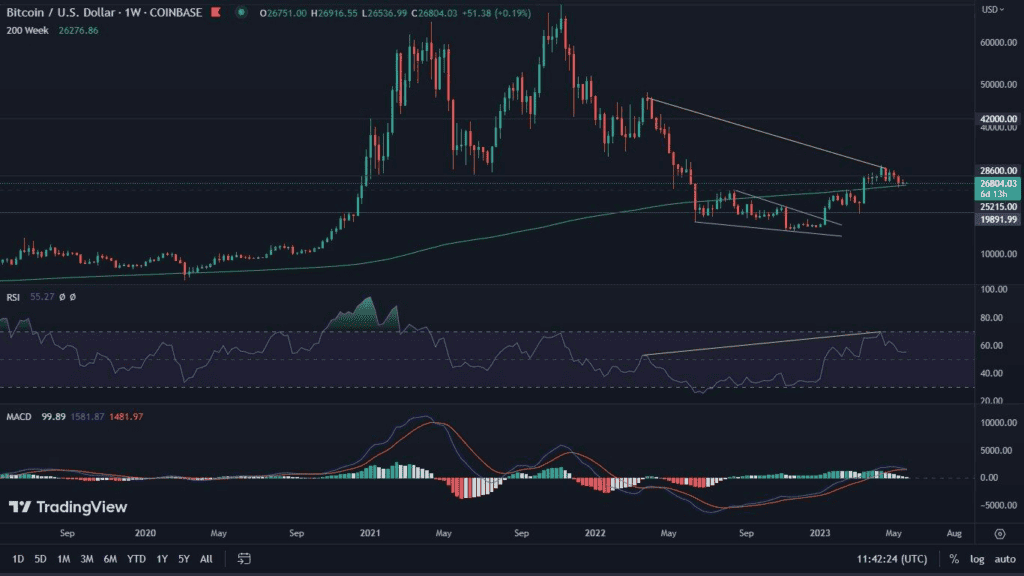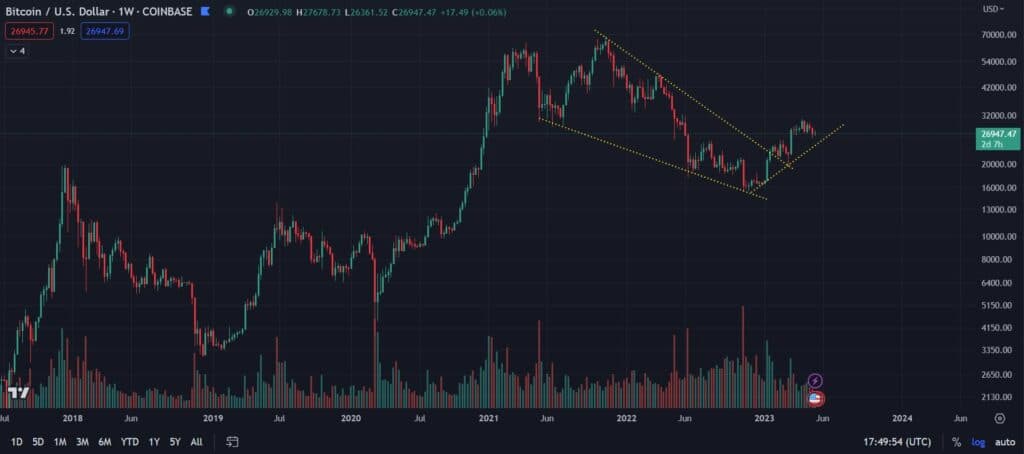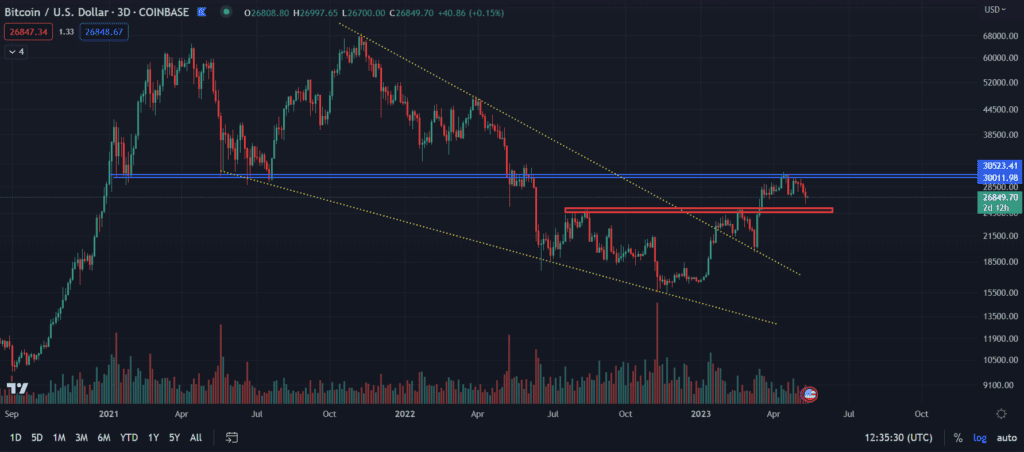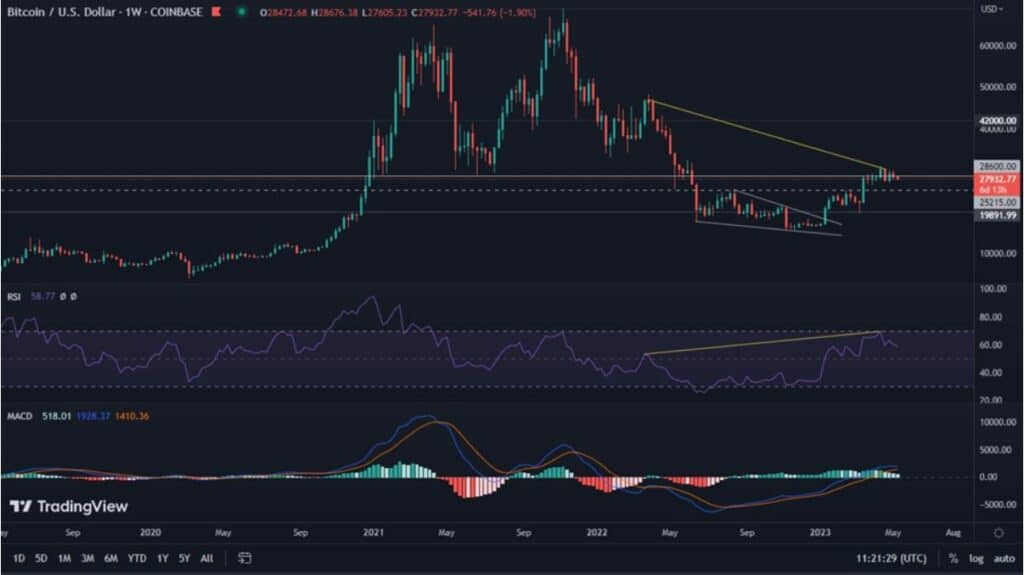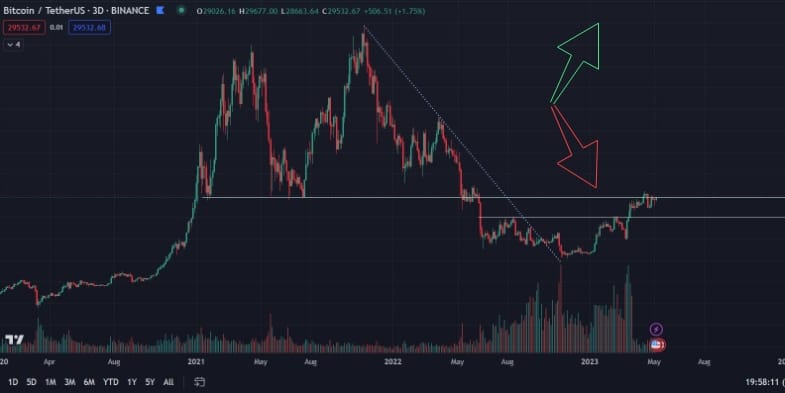At the beginning of June, Google announced breaking news – the ban on cryptocurrency advertising services through the leading search engine will be lifted. However, some restrictions remain.
Google, in an official statement, announced that the ban introduced in 2018 on advertising cryptocurrency exchanges and related services will be lifted. This information positively surprised the market. However, in the United States itself, there are significant regulatory restrictions that companies wishing to appear on the tech giant’s search engine must submit to. One of the key ones is the need for the entity to register with FinCEN as a financial services entity. In addition, these institutions must be registered in a minimum of one state as a money transfer entity or must appear in the records as a banking entity.
An additional requirement is that they must meet regulatory requirements, both state and federal. Ads and ad publishers’ websites, on the other hand, will have to meet Google Ads standards and, consequently, be Google certified as well. Interestingly, Google still upholds the ban on advertising DeFi (decentralized finance) and ICO (Initial Coin Offering) protocols.
The new rules are set to take effect on August 3 this year.
Previous regulations
Google tightened its internal regulations on the cryptocurrency market in the first half of 2018. This was the period after the market bubble burst. The multitude of ICO projects, whose cryptocurrencies began to dynamically lose value, and numerous scams, whose owners disappeared along with the collected funds, forced the technology giant to make radical decisions. Especially important from the corporate’s image point of view.
As Google’s head of product management Scott Spancer argued at the time, these actions were aimed at protecting the consumer. In his opinion, which was probably the opinion of the entire Board of Directors of the Company, it was not clear at the time where cryptocurrencies were capable of taking us, and therefore it was necessary to protect the consumer from potential harm from dishonest bidders. Hence, it declared extreme caution and significant restrictions in its advertising efforts on the platform.
However, these regulations largely hit informed consumers and legitimate companies, whose funds raised at the time through ICOs, allowed them to expand their business and establish themselves in the crypto space for longer. It is worth noting that a few months after these restrictions, Google updated its policy for the United States and Japan. However, this did not significantly affect the market.
What it means for the cryptocurrency market
Undoubtedly, the lifting of the ad blocker is a great green light for centralized exchanges and brokers. Regulated ad publishers will have more opportunities to cut off even more of the crypto pie for themselves. This is also positive news for the potential viewer. Taking into account the confusion caused by the previous blockade, it can be assumed that Google is now making every effort to ensure that entities advertising in the world’s most popular browser are fully trusted. Such trust is often expected by the recipients of the ads, which allows us to assume that the traffic on the exchanges will significantly accelerate in the second half of the year. New regulations are initially announced for the United States. However, it is easy to imagine that in the near future they should spread around the world.


